By-Jason Steele
Chase Ultimate Rewards points are so valuable, that they may even live up to their name. Chase features several credit cards that offer Ultimate Rewards points, and these points can be redeemed in multiple ways. But how you choose to redeem your points will determine the value you receive from each point. Choose poorly, and you will only get one cent in value per point redeemed. But choose wisely, and you could find yourself realizing several times as much value, and enjoying luxury travel that you might not have been able to afford otherwise.
Which cards offer Chase Ultimate Rewards points?
Among personal cards, the Chase Sapphire Preferred and Sapphire Reserve are marketed as offering Chase Ultimate Rewards points. And while the Chase Freedom Flex and Chase Freedom Unlimited are marketed as cash back cards, they actually offer Ultimate Rewards points that can be combined with your rewards from the Sapphire Preferred and Sapphire Reserve. Once combined, you’ll be able to do all the things you could do if you had earned the rewards from your Sapphire Preferred or Sapphire Reserve, including transferring your rewards to airline miles or hotel points.
Among business cards, the Chase Ink Business Unlimited and Sapphire Reserve Business feature Ultimate Rewards points. But just as with their Freedom cards, the Ink Cash and Ink Unlimited are marketed as cash back cards, but offer rewards that can be combined with points from the other Chase Ink and Sapphire cards.
How can you redeem Ultimate Rewards points?
There are many ways to redeem Chase Ultimate Rewards points including:
- Redeeming for Amazon or PayPal purchases
- Cash back or statement credits, called Pay Yourself Back
- Gift cards
- Apple Store purchases
- Experiences
- Chase Travel
- Point transfers
Not all point redemptions are created equal
To start off with, don’t ever redeem your points for Amazon or PayPal purchases. That’s because you’ll only receive 0.8 cents in value per point redeemed. That’s terrible considering that you could get 1.0 cents in value towards cash back or Pay Yourself Back statement credits. Just as good are gift cards, Apple Store purchases and experiences, which also offer one cent in value per point redeemed.
And frankly, if you were going to get just one cent in value per point redeemed, you might as well choose to redeem your points for cash back, and at least earn points from your purchases from Apple Store, or for gift cards or experiences.
Chase Travel
When it comes to purchases from Chase Travel, the value you receive will depend on the card you use to redeem the points. The Chase Freedom Flex, Freedom Unlimited, Ink Cash and Ink Unlimited all return just one cent in value per point redeemed. So a $500 ticket will cost 50,000 points.
However, the Sapphire Reserve (consumer and business) now feature something called Points Boost, which offers 2.0 cents in value on select hotels and flights with select airlines. The Sapphire Preferred and Ink Business Preferred cards offer Points Boost that returns up to 1.5 cents per point on select hotels and up to 1.75 cents per point on flights with select airlines. When you can use Points Boost, then you’ll find pretty good value from your points, but not the best.
The best way to redeem Chase Ultimate Rewards points.
Transferring rewards to airline miles or hotel points can offer ways to realize more than two cents in value per point redeemed. But it all depends on which transfer partners you use and how you redeem your rewards.
Redeeming rewards for hotel points
For example, if you transfer 15,000 Chase points to the World of Hyatt Program, and redeem those points for a hotel that costs $450 a night, then you’ll be receiving three cents in value per point redeemed, which is fantastic. Unfortunately, you’ll never receive that kind of value from Chase’s other hotel transfer partners, Marriott, IHG and Hilton, as their points are worth far less.
For example, it will frequently cost 40,000 to 80,000 points to redeem a similar award night stay using Marriott, IHG or Hilton points, leaving Hyatt as the best option for using points for hotel stays, in almost all cases. Furthermore, Hyatt won’t charge resort fees on award stays, unlike Marriott.
Redeeming rewards for airline miles
Chase offers 10 different airline transfer partners:
- AerClub, loyalty program of Aer Lingus
- The British Airways Club
- Air France KLM – Flying Blue
- Club Iberia Plus
- JetBlue TrueBlue
- Singapore Airlines KrisFlyer
- Southwest Airlines Rapid Rewards®
- United MileagePlus®
- Virgin Atlantic Flying Club
- Air Canada Aeroplan®
When you can redeem your airline miles for expensive, last minute flights, or tickets in business or first class, then it’s possible to receive several cents in value per point redeemed. For example, both Iberia and Flying Blue (Air France and KLM) occasionally offer business class tickets to Europe for as little as 45,000 points, each way. Those tickets are worth at least $2,000, giving you a value of over four cents per point. Although not as spectacular, you can often find excellent returns by redeeming points from other programs such as United, Air Canada, Virgin Atlantic and British Airways. Even Southwest Airlines points are worth about 1.4 cents each, which is better than average.
But achieving these superior values requires some skill. You first have to look through the frequent flier programs to find awards that are available at the lowest levels. Once you find the awards you want, you’ll need to transfer your miles from Chase to the airline program, and quickly book your award tickets. It’s strongly recommended not to transfer miles speculatively, hoping to find the best award at a later date. By keeping your rewards with Chase, you’ll keep your options open for when the right opportunity presents itself.
Bottom line
By carefully considering how to redeem your Chase Ultimate Rewards points, you can find the exceptional values that make having a Chase credit card extremely rewarding.
FAQS:
Is the Chase Sapphire Reserve worth the $795 annual fee?
It depends on how often you travel and which perks you use. Frequent travelers who maximize the $300 travel credit, lounge access, enhanced earning rates, and lifestyle credits can easily offset the fee. Occasional travelers may find more value in the Sapphire Preferred.
How do I justify the Chase Sapphire Reserve annual fee?
You can justify the fee by making full use of the travel credits, premium lounge access, and transfer partners. If you regularly spend on dining, travel, DoorDash, or Lyft, the credits reduce your effective cost significantly.
Can you get the Chase Sapphire Reserve annual fee waived?
Chase doesn’t waive the annual fee on the Sapphire Reserve. However, you can downgrade to the Sapphire Preferred ($95 annual fee) after your first year if you find you’re not getting enough value.
What benefits come with the Chase Sapphire Reserve in 2025?
The card offers an elevated welcome bonus, $300 annual travel credit, lifestyle credits (Apple, Peloton, StubHub, dining), Priority Pass and Sapphire Lounge access, 8x points on Chase Travel, and best-in-class travel protections.
Is the Chase Sapphire Preferred a better choice than the Reserve?
For those who don’t travel often, the Preferred is usually better. It has a much lower $95 annual fee, still earns Ultimate Rewards points, and includes strong travel protections, though it lacks lounges and lifestyle credits.









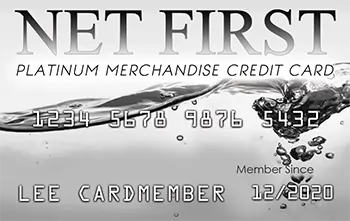
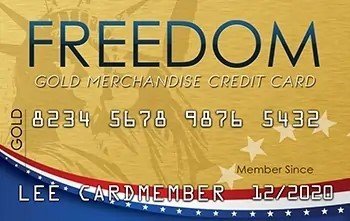

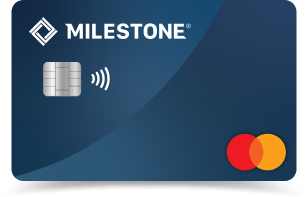

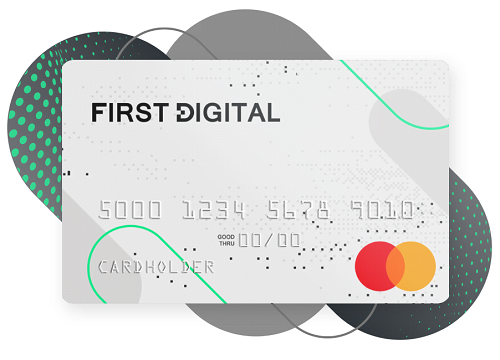
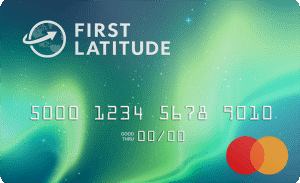
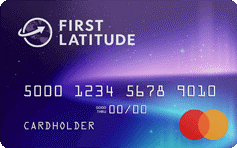
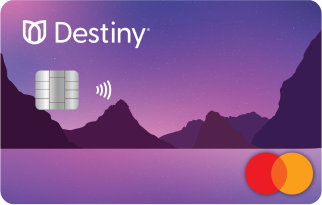





2 thoughts on “How to get the most value from you Chase Ultimate Rewards points”
Perfect just what I was looking for! .
Please give positive reviews on Trustpilot